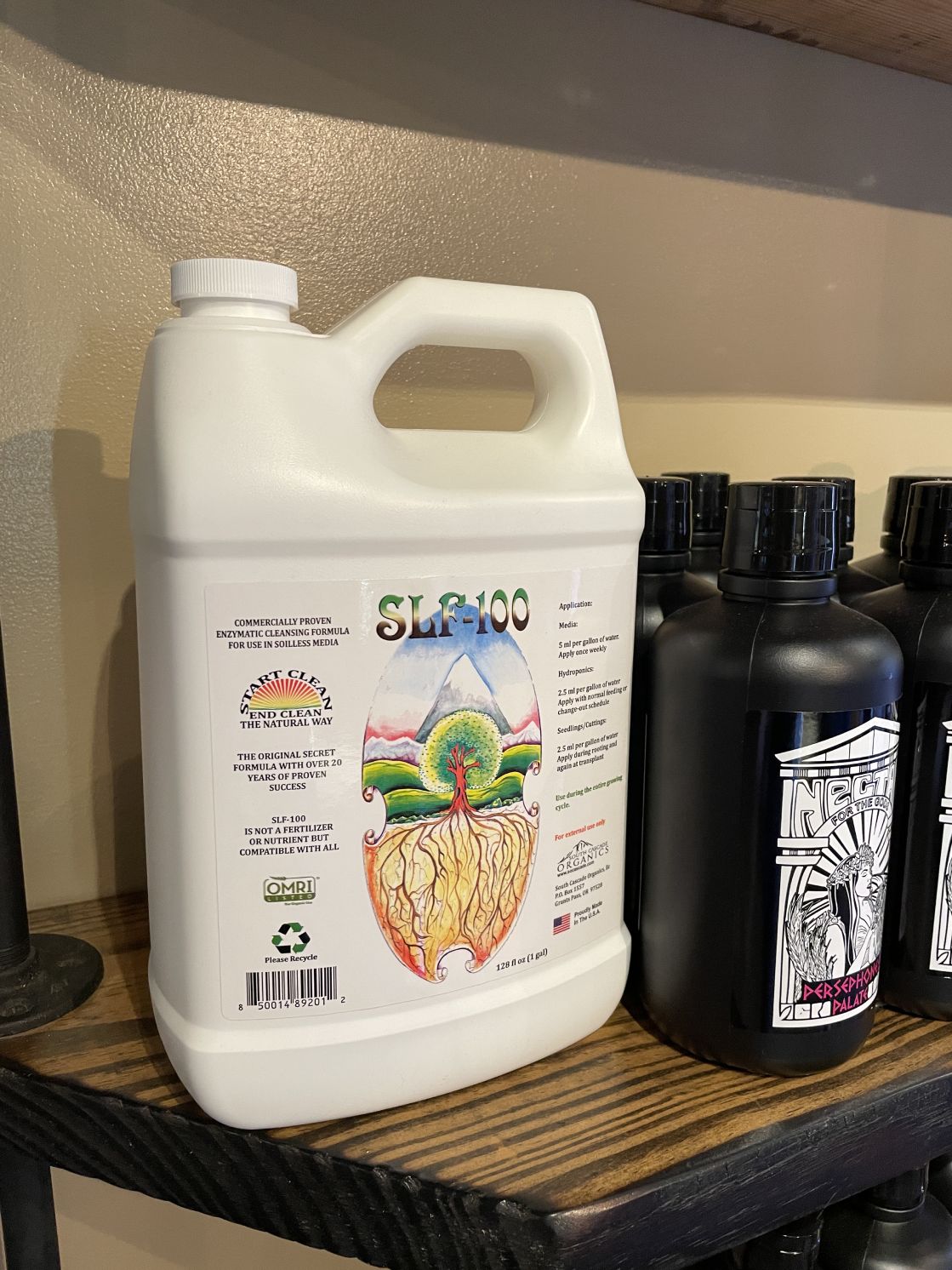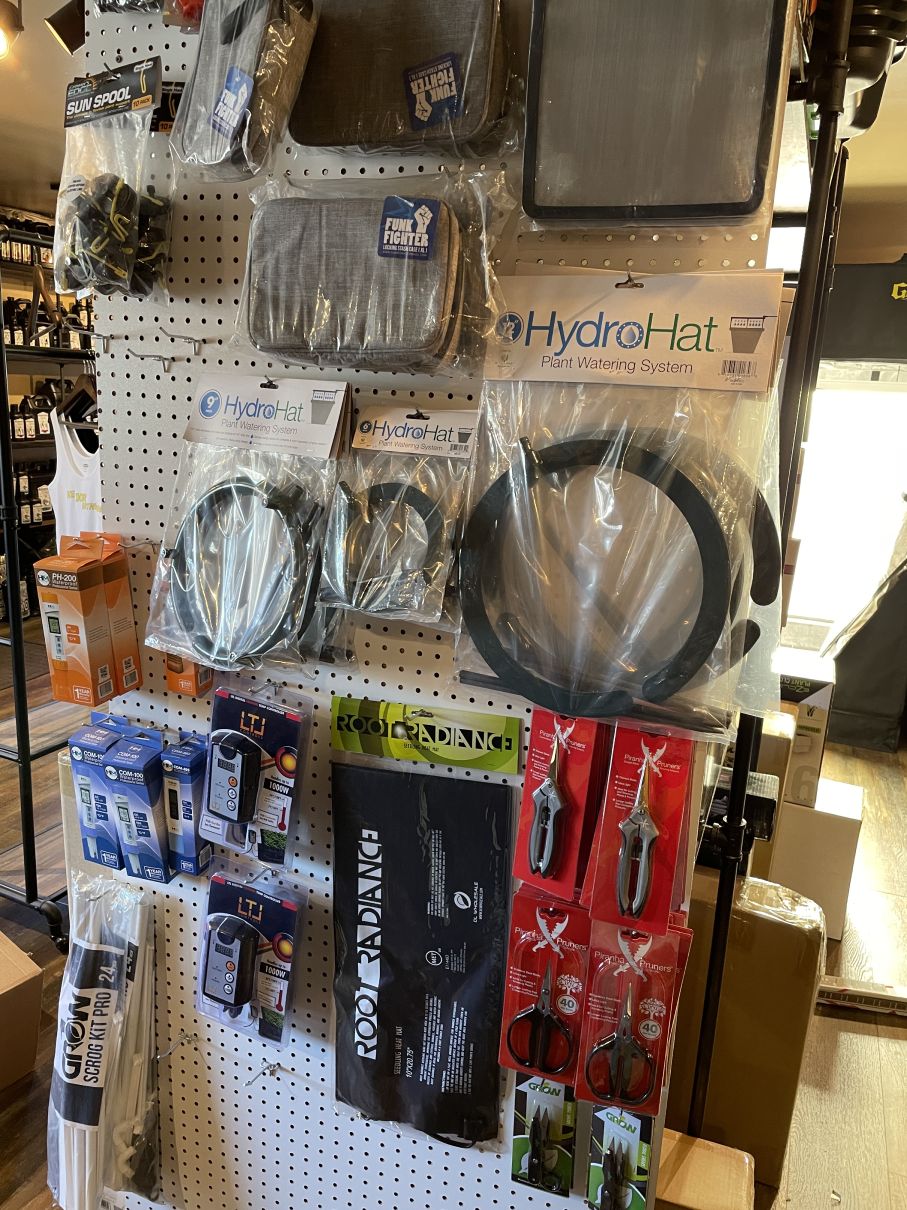Unlocking the Potential of Hydroponics: Recognizing Its Utilizes and Various Types
Hydroponics, an approach of cultivating plants without dirt, has garnered raising interest for its prospective to change agriculture and cultivation practices. As we browse via the elaborate landscape of hydroponic systems and strategies, it comes to be apparent that each technique holds distinct benefits and constraints.
Benefits of Hydroponic Solutions

One more benefit of hydroponic systems is the ability to expand plants in a smaller space. By eliminating the requirement for dirt, plants can be expanded up and down or in piled systems, maximizing the usage of offered area. This is especially advantageous in metropolitan areas or areas with restricted cultivable land. Furthermore, hydroponic systems lower the threat of soil-borne illness and insects, as there is no dirt to nurture these threats. This leads to healthier plants and decreases the requirement for unsafe pesticides, making hydroponic farming an extra eco friendly and lasting choice.
Usual Uses in Farming

Given the reliable water preservation and space-saving advantages of hydroponic systems, it appears that these ingenious farming methods have actually discovered usual uses in numerous markets of agriculture. In standard agriculture, soil-based farming can be land-consuming and labor-intensive. Hydroponics uses a remedy by enabling crops to be expanded without soil, reducing water usage by approximately 90% compared to conventional farming approaches. This makes hydroponics especially suitable for regions facing water scarcity or limited arable land. The controlled setting of hydroponic systems makes it possible for year-round farming, offering a consistent supply of fresh fruit and vegetables no matter of outside climate problems.
Hydroponics is typically made use of for expanding a variety of plants, consisting of leafed eco-friendlies, tomatoes, cucumbers, herbs, strawberries, and peppers. Its versatility expands to upright farming, city farming, and greenhouse manufacturing. Additionally, hydroponic systems are utilized in study and instructional setups to examine plant farming, nourishment, and growth strategies. The versatility and effectiveness of hydroponics make it an important tool in modern agriculture, attending to the obstacles of sustainability, food safety and security, and source optimization.
Discovering Various Hydroponic Techniques
Hydroponic systems use an array of methods that cater to various plant types and growing objectives. In addition, the Ebb and Circulation system, likewise recognized as the Flooding and Drainpipe system, periodically floods the plant roots with nutrient solution, permitting for oxygenation throughout draining durations. Each of these techniques showcases the convenience and effectiveness of hydroponic systems in improving plant growth and yield.
Contrasting Numerous Hydroponic Systems
Checking out the efficiency and return improvement methods in hydroponics leads us to contrast different hydroponic systems readily available for crop cultivation. Each hydroponic system has its special attributes, advantages, and constraints, making it important for farmers to choose one of the most suitable system based upon their particular demands and restrictions.
One of the most usual hydroponic systems is the nutrient film strategy (NFT), where a slim movie of nutrient option continuously flows over the plant roots. In contrast, the deep water society (DWC) system immerses plant origins straight into the nutrient remedy, providing adequate oxygen and nutrients.
An additional prominent hydroponic system is the ups and downs (or flood and drainpipe) system, which occasionally floodings the plant roots with nutrient service before draining it. This cyclic process makes sure proper see here oygenation for the roots while delivering nutrients efficiently. Additionally, the aeroponic system puts on hold plant origins in the air and mists them with a nutrient service, promoting quick development and high oxygenation degrees. Growers searching for a functional system that minimizes water usage usually go with aeroponics. By understanding the distinctions between these hydroponic systems, farmers can make educated decisions to make the most of crop yield and top quality.
Advancements in Hydroponic Modern Technology
With developments in hydroponic innovation, the agricultural sector is observing a shift in the direction of more sustainable and reliable growing methods. next page Innovations in hydroponic innovation are transforming the means plants are expanded by making best use of yields, conserving sources, and minimizing environmental effect. One key technology is the growth of wise hydroponic systems that make use of sensing units and automation to keep track of and readjust environmental problems such as pH levels, nutrient focus, and light exposure in real-time. These systems allow precise control over growing problems, leading to ideal plant development and higher plant yields.
An additional notable development is the assimilation of upright farming strategies with hydroponic systems, permitting the cultivation of crops in stacked layers. This vertical method optimizes room utilization, making it optimal for city settings where land availability is limited - The Indoor Earthworm. Furthermore, making use of advanced LED lighting systems customized to website here details plant requirements has enhanced energy efficiency and enhanced development prices in hydroponic arrangements
Innovations like these are driving the evolution of hydroponics, making it a highly attractive and sustainable alternative for modern-day agriculture.
Verdict
Finally, hydroponics provides numerous benefits in farming and has numerous methods and systems that can be used to maximize its potential. Technologies in hydroponic technology proceed to improve efficiency and sustainability in food production. By recognizing the uses and various sorts of hydroponic systems, farmers and growers can unlock the complete capacity of this cutting-edge technique of expanding plants without soil.
In addition, hydroponic systems enable for far better control over nutrient levels, pH equilibrium, and environmental problems, leading to much healthier plants and higher returns.
